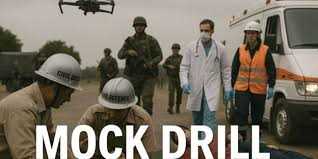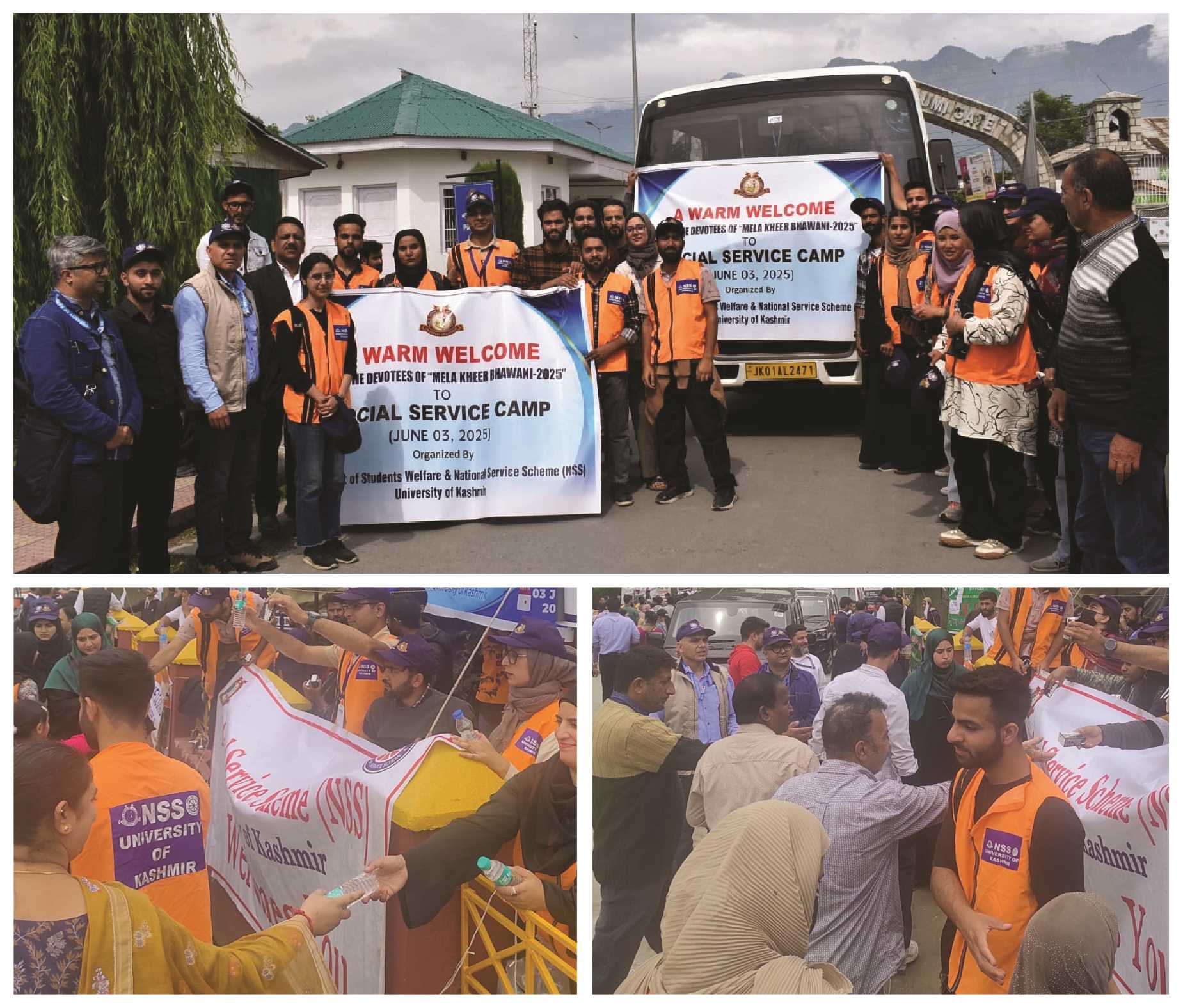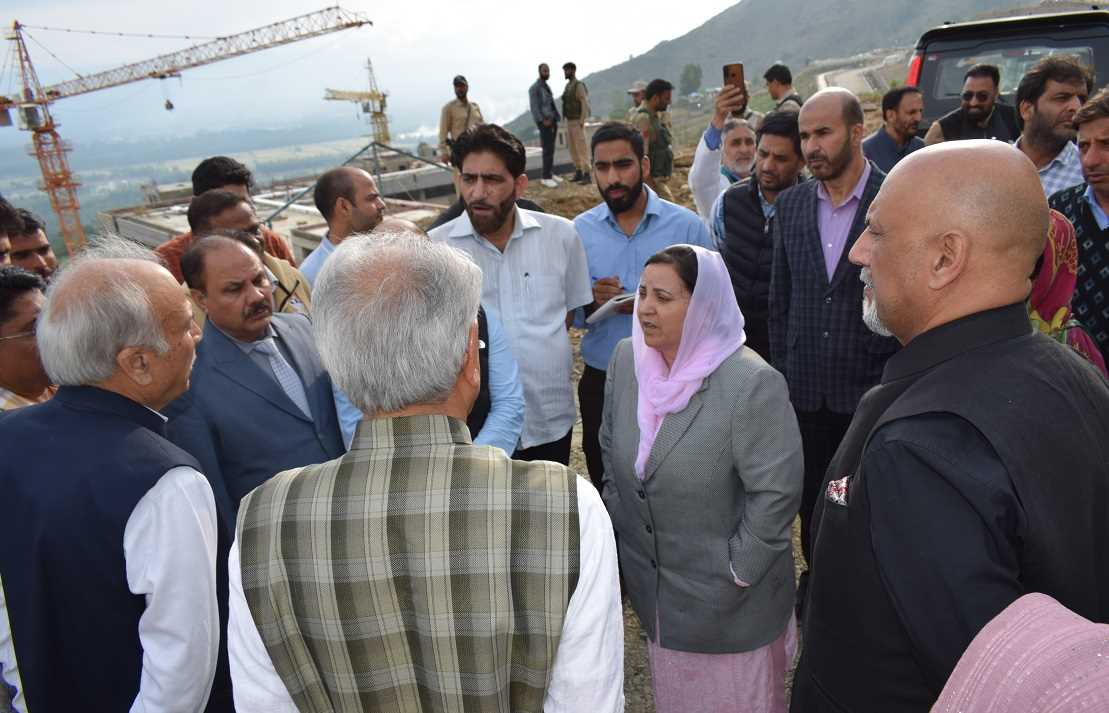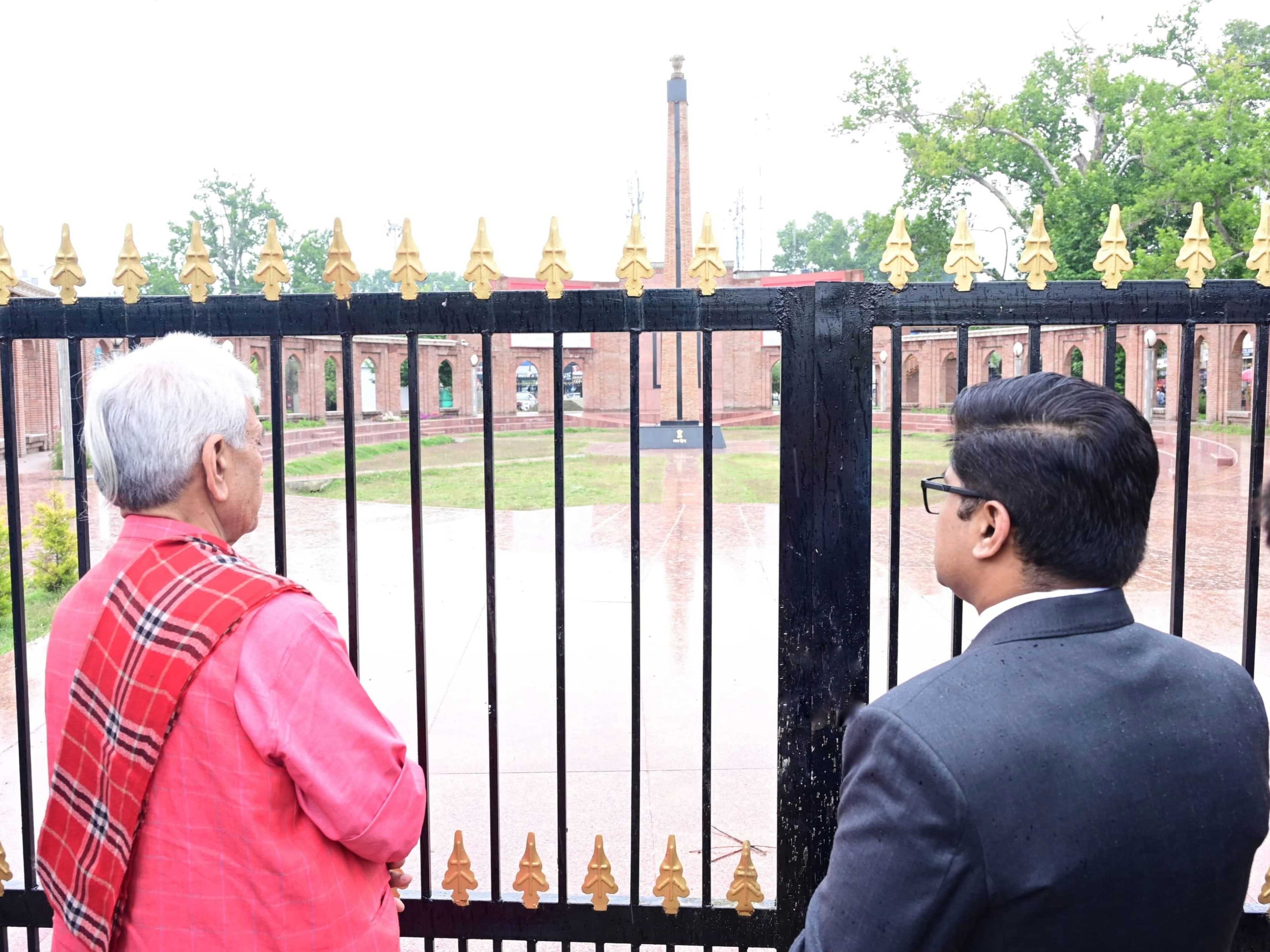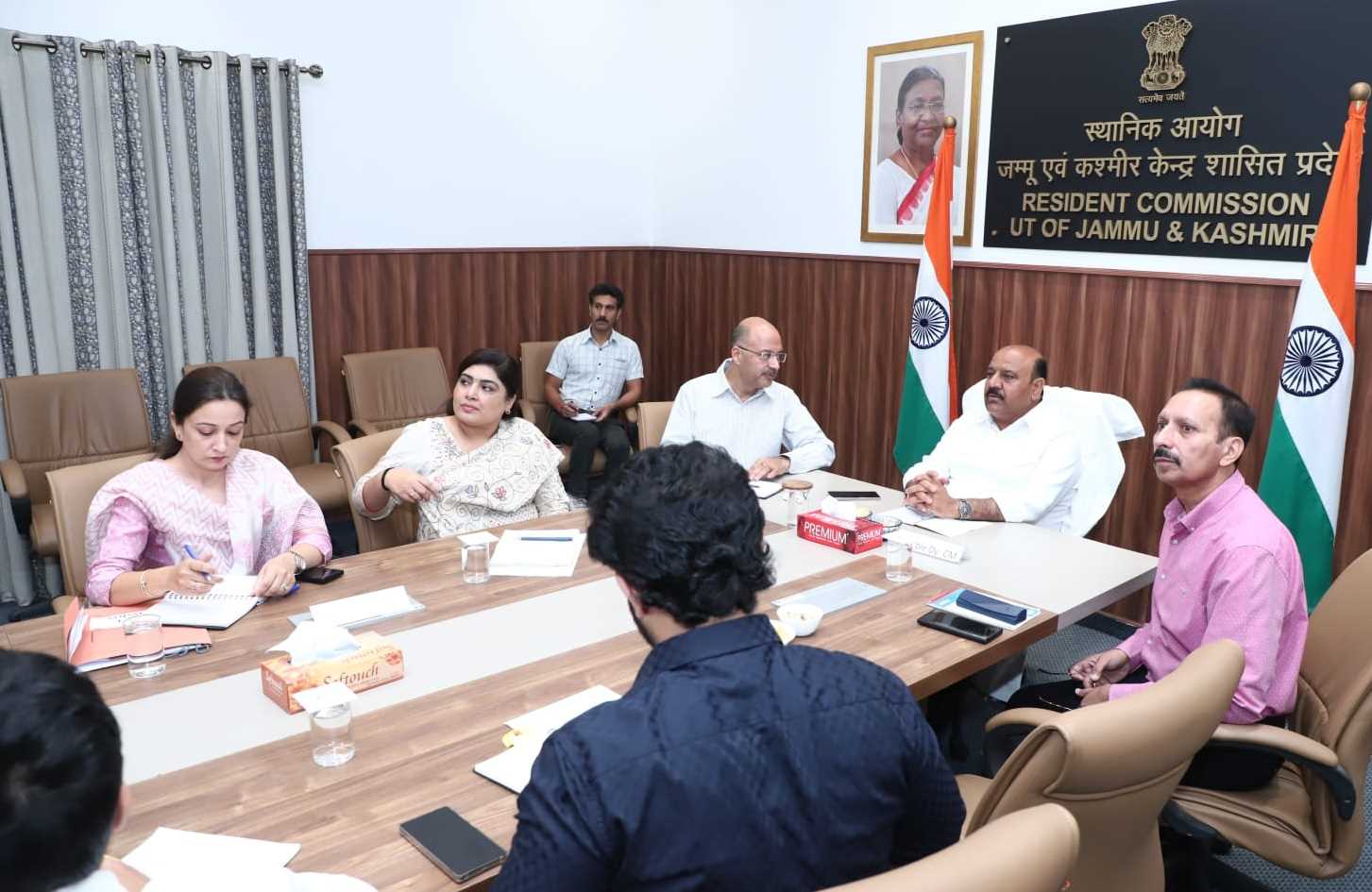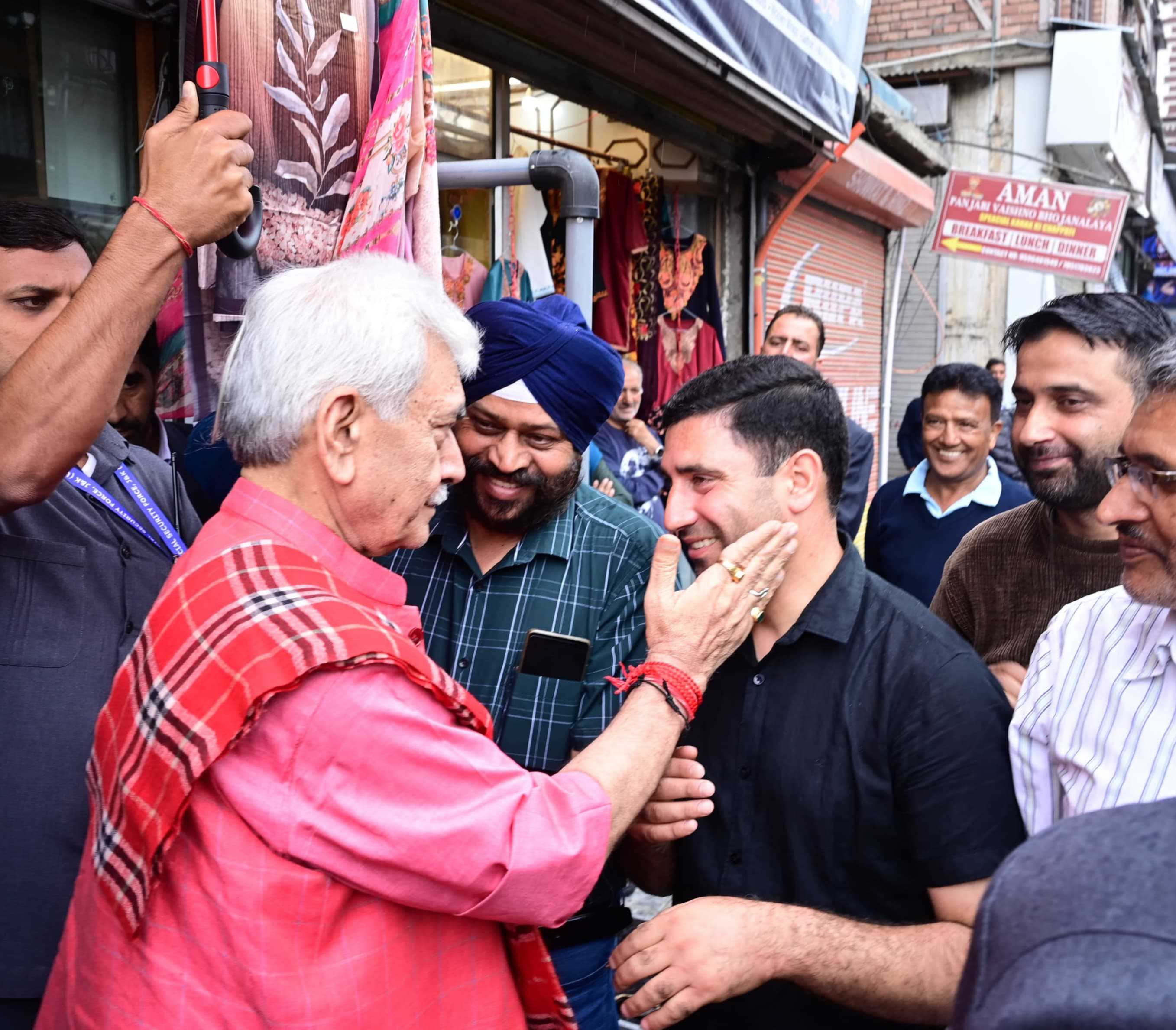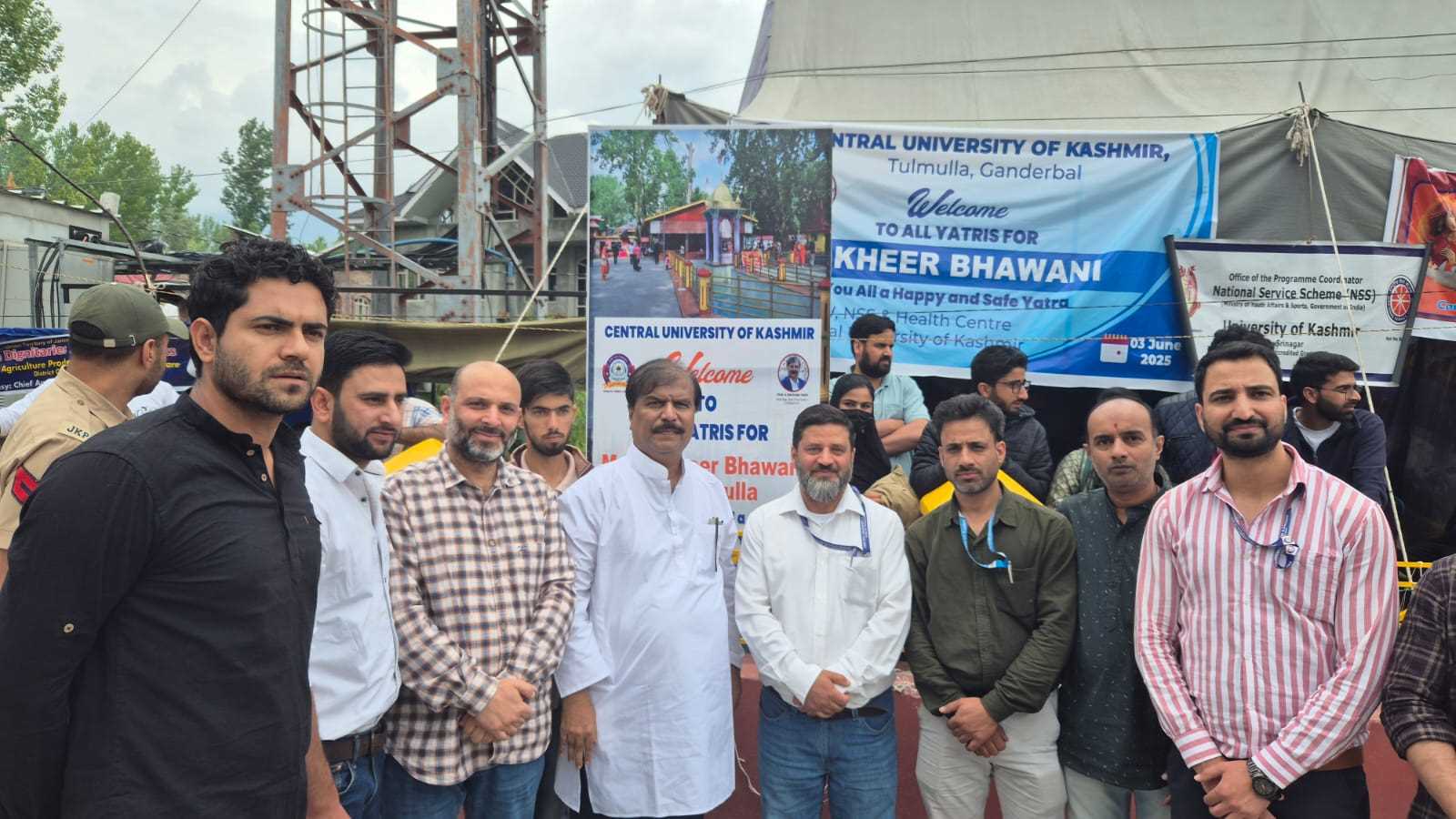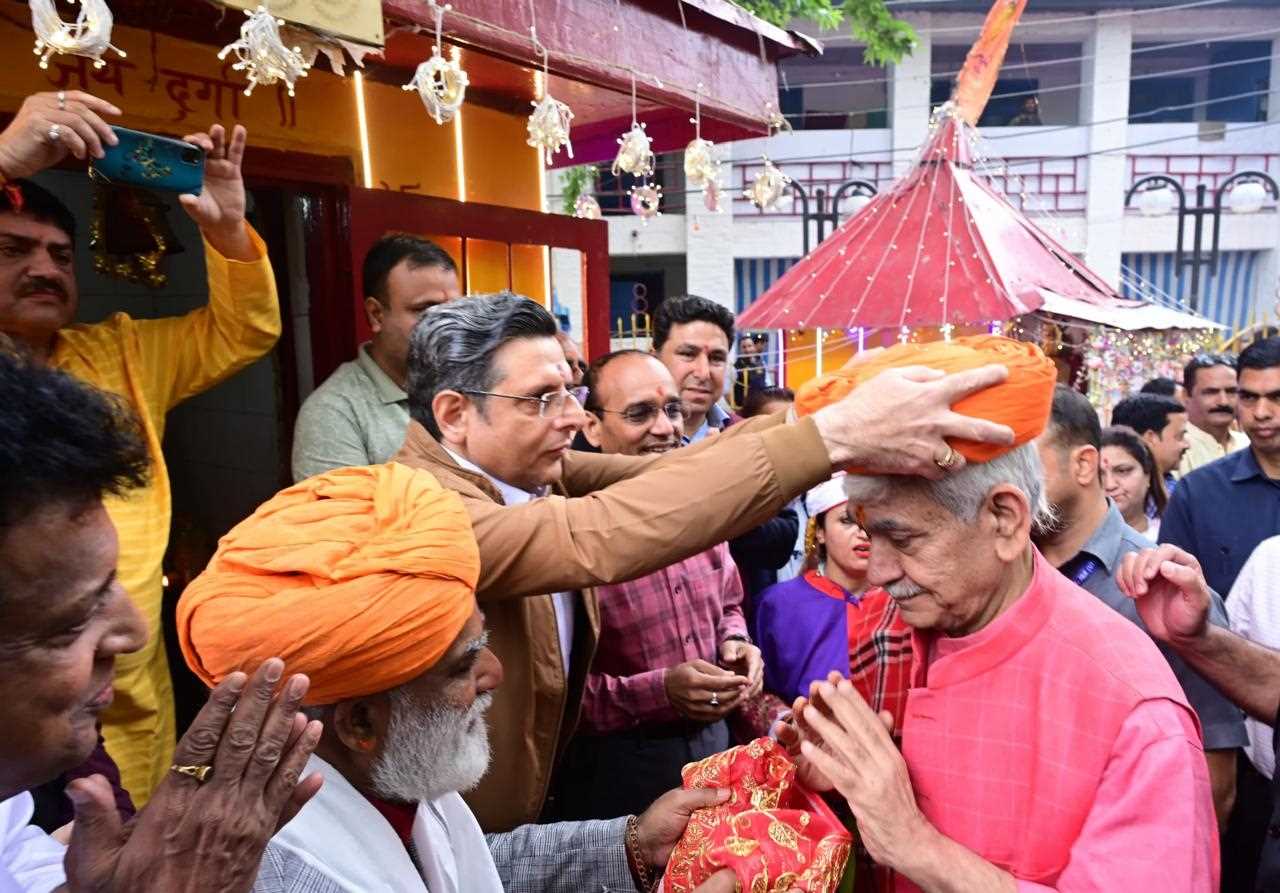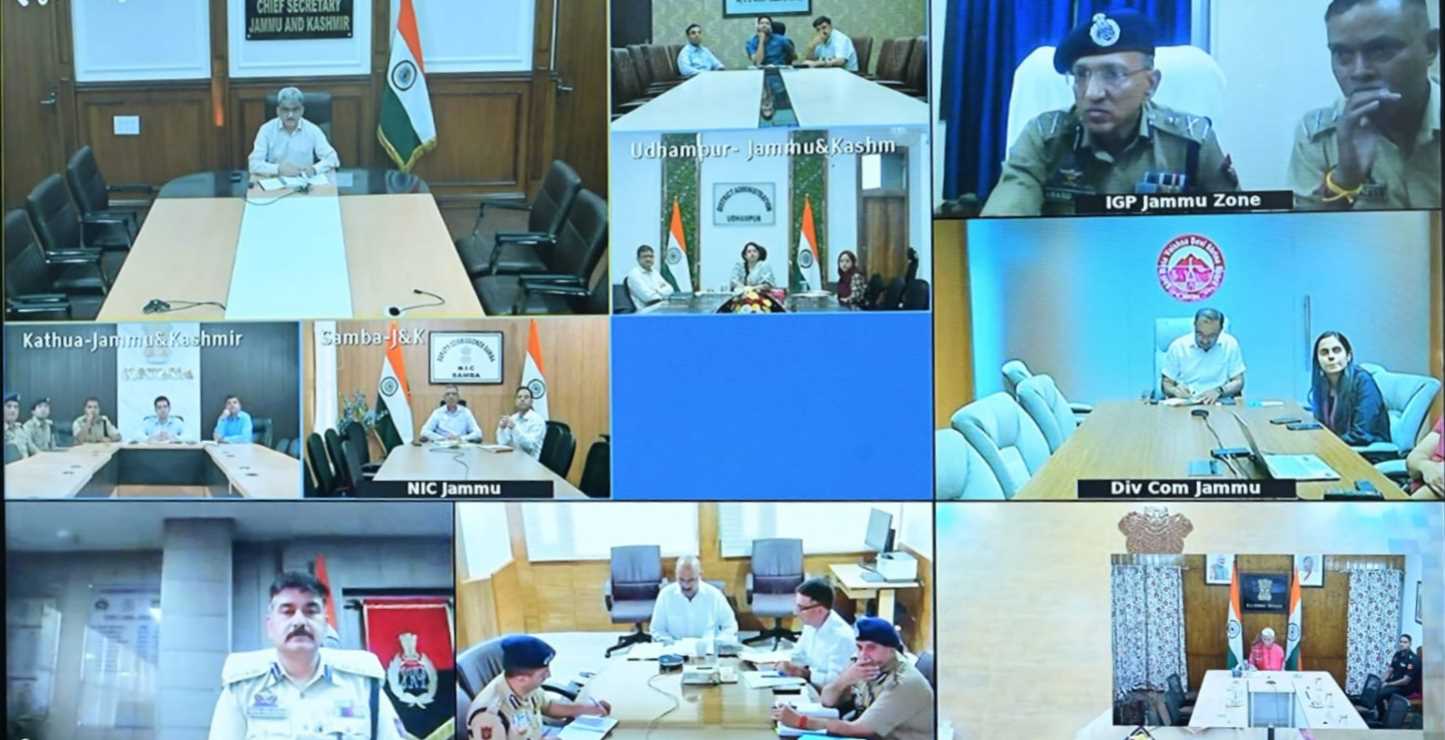Operation Shield, a large-scale defence exercise, was on Saturday conducted in Jammu and Kashmir, four states and a Union Territory bordering Pakistan.
These drills were held after recent tensions between India and Pakistan, following the Operation Sindoor launched by the Indian army on May 7 to target and destroy terror infrastructure in Pakistan and PoK to avenge April 22 terror attack in Pahalgam.
Punjab, Haryana, Rajasthan, Gujarat, Chandigarh, and Jammu and Kashmir participated in the crucial mock drills, aimed at bolstering emergency preparedness amidst ongoing geopolitical tensions with Pakistan.
The initiative, launched at the directive of the Union Home Ministry, was originally slated for May 29 but was delayed due to administrative reasons.
Today’s exercises were designed to simulate a range of emergency situations, underscoring the government’s intensified focus on national security.
The drill involved a range of participants, including civil defence wardens, volunteers from local administration, and youth groups like NCC, NSS, NYKS, and Bharat Scouts & Guides. The participants will help implement key civil defence measures against potential threats such as enemy aircraft, drones, and missile attacks.
In Srinagar, the drill took place at the Deputy Commissioner’s office. It began at 5 pm and involved the fire services, rescue teams, National Cadet Corps (NCC), and other civil defence and medical units.
The teams carried out drills about handling emergencies, rescue operations, and providing medical emergencies in a well-coordinated manner.
“This mock drill was conducted to check our preparedness as per government guidelines,” said DC Srinagar Bilal Mohi-uddin Bhat.
He said the exercise tested how quickly and effectively civil defence units could respond in different emergencies.
The drill included rescue from building collapses and fire incidents. Firefighters demonstrated the fire fighting skills while civil defence and medical teams carried out rescue and evacuation operations.
Medical teams, civil defence personnel, and rescue workers worked together in a coordinated way. The systems in place for dealing with emergencies were also tested.
Doctors also joined the drill, taking part in rescue, transport, and treatment of injured people, to make sure emergency medical aid is available when needed.
